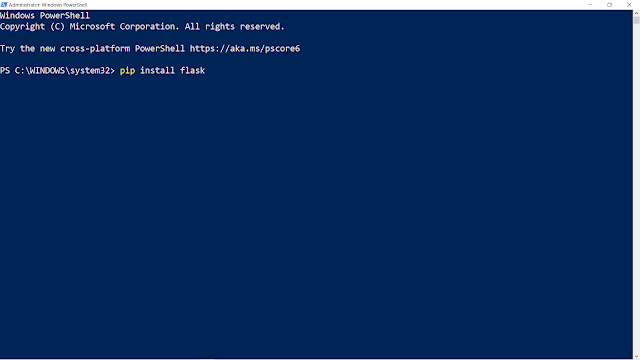learnpython24-(Dictionary & Its Functions Explained)
Dictionary & Its Functions Explained
Before going through the actual content i.e. the implementation of a dictionary, it is important to know some basic theory, just so we know what we are going to learn and why are we spending our precious time learning it.
Let's start with the basic definition of a Python Dictionary:
“Python dictionary is an unordered collection of items. Each item of the dictionary has a key/value pair.”
Now coming to the more formal approach:
Every programming language has its own distinct features, commonly known as its key features. That said, Python’s one out of the box feature is “dictionaries”. Dictionaries may look very similar to a “List”, but dictionaries have some distinct features that do not hold true for other data types like lists, and those features are what makes it (python dictionary) special.
Here are a few important features of a python dictionary:
- It is unordered (no sequence is required - data or entries have no order)
- It is mutable (values can be changed even after its formation or new data/information can be added to the already existing dictionary, we can also pop/remove an entry completely)
- It is indexed (Dictionary contains key-value pairs and indexing is done with keys. Also after the Python 3.7th update the compiler stores the entries in the order they are created)
- No duplication of data (each key is unique; no two keys can have the same name so there is no chance for a data override)
If we talk a little about how it works, its syntax comprises of key and values separated by colons in curly brackets, where the key is used as a keyword, as we see in real life dictionaries, and the values are like the explanation of the key or what the key holds (the value). And for the successful retrieval of the data, we must know the key, so that we can access its value just like in a regular oxford dictionary where if we don't know the word or its spelling, we cannot obtain its definition. Let's look into the syntax of a Python dictionary
a = {'key', 'value', 'cow':'mooh'}
print(a['cow'])
#will print "mooh" on the screenWith the help of dictionaries, we do not have to do most of our work manually through code like in C or C++. What I mean by this is that Python provides us with a long list of already defined methods for dictionaries that can help us do our work in a shorter span of time with a very little amount of code. Some of these methods include, clear(), copy(), popitem(), etc. The best part about them is that no extra effort is required to be put in order to learn the functionality as their names explain their functions (in most of the cases), such as clear() will clear all the data from the dictionary, making it empty, copy() will make a copy of the dictionary, etc.
Some distinct features that a dictionary provides are:
- We can store heterogeneous data into our dictionary i.e. numbers, strings, tuples, and the other objects can be stored in the same dictionary.
- Different data types can be used in a single list, which can be made the value of some key in the dictionary. etc.

Comments
Post a Comment